Tailoring supramolecular structure on cellulose-based filaments by specific interactions for textiles applications
- postdoc
- FinnCERES
Cellulose dissolution and regeneration are performed to produce materials with different structural properties or morphologies such as films or multifunctional filaments. In this context, NaOH aqueous-based solutions for dissolving cellulose are an attractive pathway for cellulose regeneration due to the low environmental impact and low cost with possible applications in areas such as textiles. So far, several factors such as the sub-zero temperatures required for the dissolution, the early gelation of the dope, and the low mechanical properties of the spun filaments have inhibited the full industrialization of alkali dissolution of cellulose and its regeneration for the production of multifunctional materials,
In this work, three additives are selected for enhancing the dissolution and regeneration of alkali-based cellulose dopes: a family of electrolytes solutions, polyethylene glycol with different molecular weights, and nano clays. Dope stability and binding affinity are accessed using a rheology and an isothermal calorimetry measurements.
Results show that hydrophylic and attractive forces facilitate the gelation and increase the elastic modulus by promoting an interfibrillar complexation; on the other hand, PEG’s delays gelation with a marginal effect on flow properties. ITC results show that two binding sites are exhibited, the first being exothermic due to neutralization of the alkali, the second due to the endothermic complexation. In general electrolytes modify the supramolecular structure of gels dopes, with strong ion-specific interactions modifying the flow and thermodynamic properties. PEG’s hydrophilic and hydrophobic interactions possess a small impact on gels flow properties




